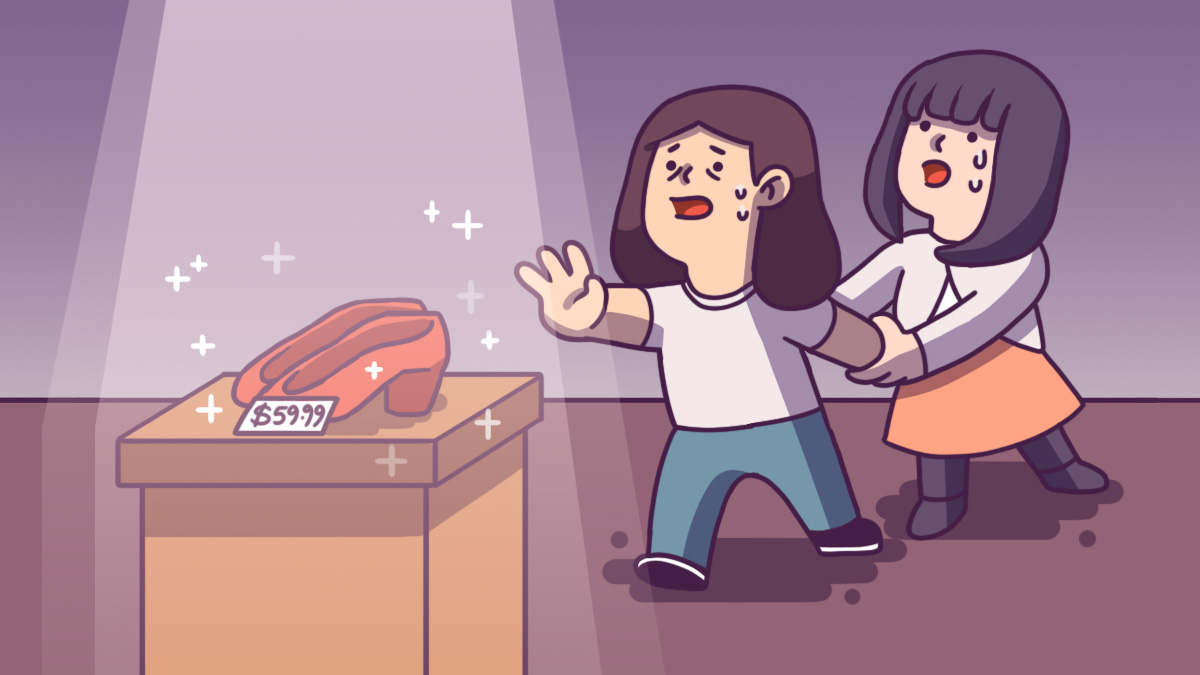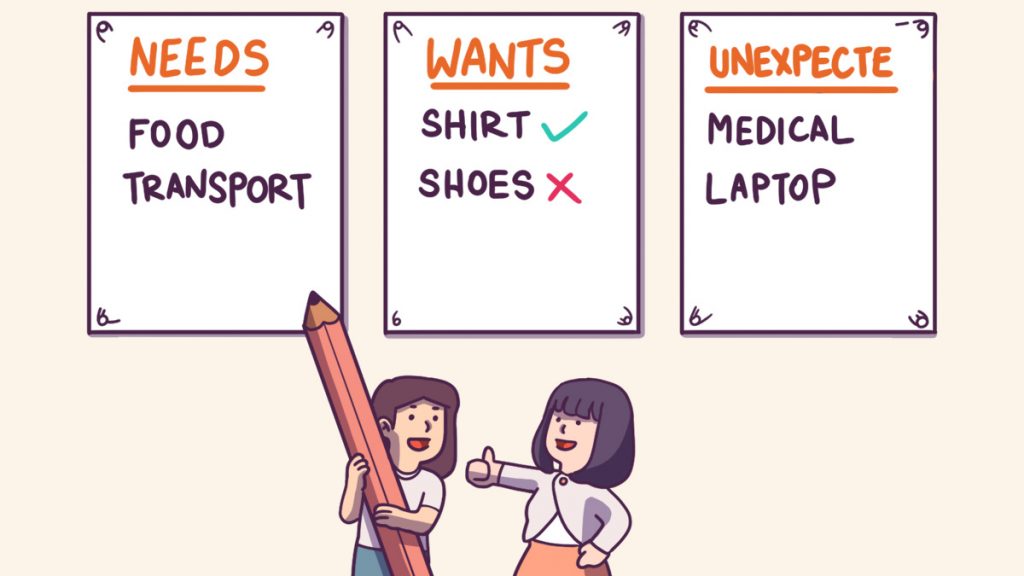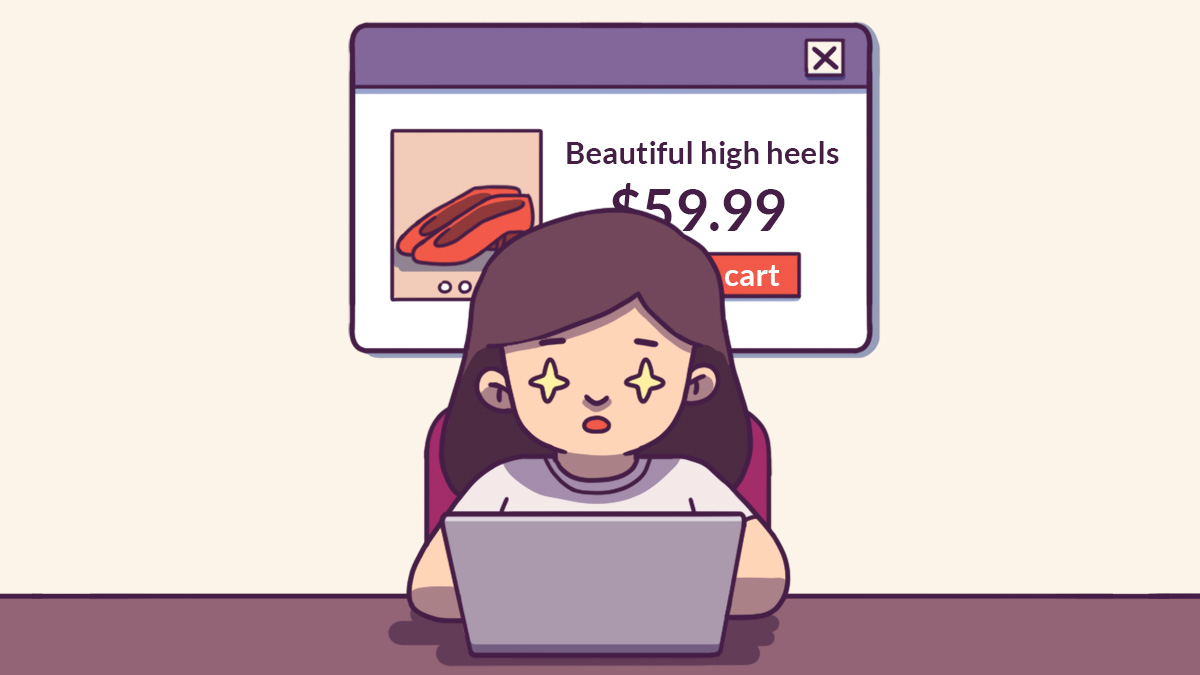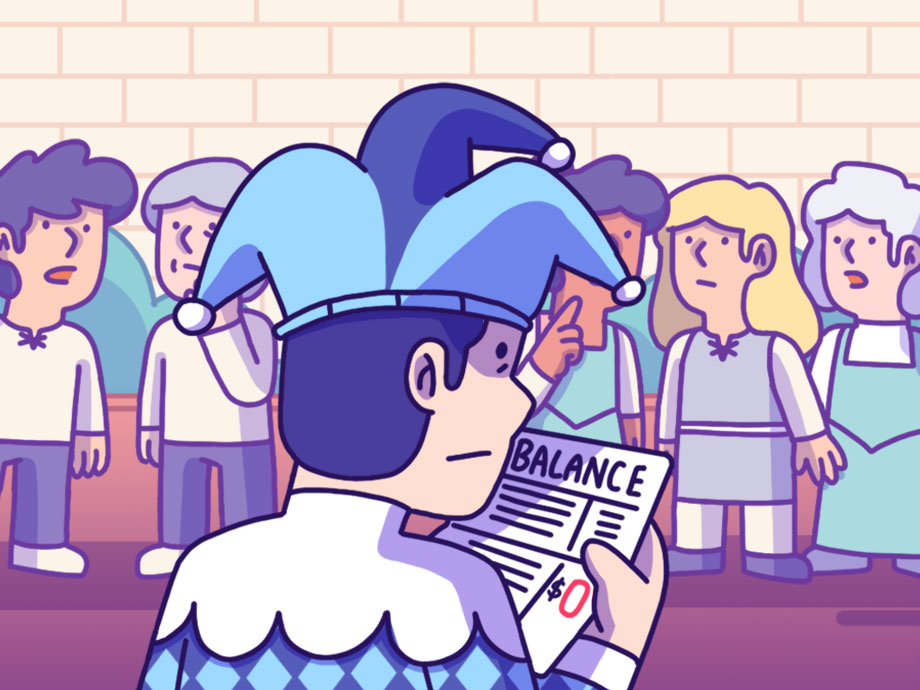Budgeting | Financial Planning | Personal Finance | Article
We Tried Kakeibo to Increase Our Savings – Here’s How We Fared
by Sophia | 28 Oct 2021 | 5 mins read

Saving can be one of the hardest things we’ll ever have to do, especially when the urge to spend washes over us. Like when we see that shiny new thing on the shelf or come across yet another flash sale online.
But as we all know, not everything is essential, and sometimes all we need to do is to control our spending impulses. That’s easier said than done, right?
So, when we heard about the kakeibo budgeting method – which is trending in the United States for its effectiveness in getting many to set aside savings each month – we decided to give it a go.
But first, let’s find out more about kakeibo
The word kakeibo translates to “household financial ledger”, which is essentially a physical budgeting journal. The term was coined in 1904 by Japan’s first female journalist, Hani Motoko as a way for women to manage their household income.
How it works is that users have to jot down their monthly expenditure and group them into categories – essential, non-essential, culture (items that can enrich your life, such as the purchase of books), and unexpected.
A key aspect of kakeibo is the reflection questions you will have to ask yourself when it comes to considering a purchase (or two). Questions such as “Based on my financial situation, can I afford it?” and “What is my emotional state today? (Happy? Sad? Stressed?)” aim to make you think about your spending and understand your relationship with money.
Related
Now for the fun part – the experiment
We rounded up three colleagues to try the kakeibo budgeting method for a month. Here’s how they fared:

LAB RAT* 1: KAT
(* No animals, or humans, were harmed during this experiment)
Kat used an Excel sheet to plan her income. (Traditionally, the kakeibo method states that you have to write down all your expenditure using paper and pen. But, seeing as this is the 21st century, we allowed exceptions.)
Throughout the experiment, Kat found the process of journaling tedious and troublesome. “It was annoying as I have different savings accounts and credit cards and had to type everything onto an Excel sheet. And I [couldn’t recall] a few cash transactions I made, which I didn’t have the receipts for.”
She also had difficulty categorising her spending. For example, when she splurged on an expensive meal, she wasn’t sure whether to categorise it under essential (as it is food), or non-essential (because of the price point).
Kat admitted that while this method wasn’t really for her, “it will probably work for people who like journaling”.
“We often spend too much, too soon, not realising where our money is going. Kakeibo makes you think about your values and whether or not your spending matches those values.”
LAB RAT 2: HAZ
While Haz was gung-ho about giving kakeibo a go initially, she gave up soon after. “I tried following the concept for a few weeks before giving up. The part I [couldn’t keep up with] was journaling my thoughts – it was very inconvenient.
“I ended up going digital, [typing out] my thoughts in an Excel spreadsheet. I would log down what I spent but stopped because I was too busy.”
One thing that did change for her was that she began to ask herself more questions before making a purchase (even after she stopped logging down her transactions).
“Previously, when I wanted to buy things for fun, I’d only think about whether I really wanted it. But what the kakeibo budgeting method taught me was to ask myself more than one question, such as, What part of my life can this help me with? Entertainment? Knowledge?”
Did she manage to save? As it turns out, she did. “I’m on Shopee a lot and I’m easily tempted to buy things that I don’t really need, because they’re cheap. So [asking myself] these questions helped me curb my impulse spending.”
Related
LAB RAT 3: MARCUS
For Marcus, the kakeibo budgeting method was aligned with his budgeting style. “Kakeibo is similar to my approach in budgeting, which is to be mindful of all my spending and how much I’m saving.”
“[The reflection questions] worked for me because I ended up spending a lot less on frivolous things and managed to exceed my savings goal for the month.
“[Festive periods] are one of the best times to shop – shoes, gadgets, and games are constantly calling out to me. But by being mindful of my purchases, I could resist the urge to add them to my cart. Most of the time, I’d forget what I was looking at the next day.”
But like Kat and Haz, Marcus’ attempt at journaling wasn’t very successful – he only lasted a week! He found it was easier to use a budgeting app that do the calculations for you, instead of physically writing it down.
What’s the verdict?
While our colleagues managed to save some money using this method, all of them found journaling time-consuming and difficult to sustain in the long run.
However, they did find the mindful aspect of kakeibo useful in reviewing their spending habits and in helping them to achieve their savings goals. So perhaps you might want to give it a go too?


















